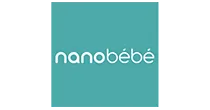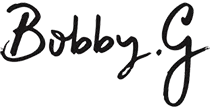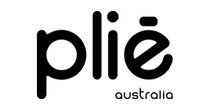You’ve peed on the stick, now what? Your ultimate action plan from day one to postpartum

So, you’ve peed on the stick - and you’re pregnant! This is amazing! It’s an exciting time you’ve got ahead of you. Not without its decisions and actions to take, mind you.
Yep, finding out you’re pregnant is exciting - and such a defining moment in your story. It’s a moment you’re likely never to forget, and one that - without sounding too dramatic - is set to change the course of your life forever.
So, where do you start?
We’ve created the Complete Australian Guide to Pregnancy and Birth to implement from the moment you pee on the stick, to well into the postpartum period, so that you can ensure you’re as prepared as you can be - and don’t miss a (very important) beat!
Not sure when your baby is due? Check out our pregnancy due date calculator to get accurate timing for your pregnancy journey.
Complete Australian Guide to Pregnancy and Birth:
Steps to take when you discover you’re pregnant
First Trimester (1–12 Weeks of Pregnancy): Key Steps for a Healthy Start
Second Trimester (13–26 Weeks of Pregnancy): What to Expect and Prepare For
Third Trimester (27–40 Weeks of Pregnancy): Your Final Pregnancy Guide
Fourth Trimester: A Guide for Life After Baby Is Born
Recently, our very own Nadean and Olivia from the Cold Coffee, Hot Mess Podcast did an entire episode on what to do once you pee on the stick. If you’re after this information in audio form (and want even more juicy hacks!) be sure to listen now:
Day that you discover you’re pregnant:
Share the news
Call your partner if you’re not with them and tell them the good news.
Public or private?
If you’re thinking about having your baby in the public system, it’s well worth ensuring the next phone call is to your local public hospital and enquiring whether they have a group midwife practice. These groups aren't available at every public hospital, but if you are able to secure a place in one, it means you’ll have the same midwife for every appointment, and, where possible, the birth and aftercare. Places are always limited, which is why this phone call should be the second thing you do.
Check out our guide for Giving Birth in a Public Hospital vs a Private Hospital
Book a GP appointment
You’ll need to do this to confirm your pregnancy.
Who is your OB-GYN?
If you’re choosing to go private and are comfortable, it’s always great to get a recommendation from a friend about the OB-GYN they used. Alternatively, do some research online about great private hospitals near you, and OB-GYN’s they recommend. Your GP can also give you some recommendations during your appointment.
Get rid of your retinol
Check your skincare for any products that might have active ingredients like retinol and vitamin E. They’ll have to go in the back of the cupboard until after baby arrives!
Start a prenatal vitamin:
Do some research and seek the advice of your doctor before starting a prenatal vitamin. These vitamins work to ensure you are receiving the essential vitamins and minerals you need to support your health and the health of your growing baby.
Check out our list of the Best Prenatal Vitamins in Australia
Stop drinking alcohol:
The advice from healthcare professionals is to stop drinking alcohol when you decide to start trying alcohol, but if this particular miracle is a surprise, just stop drinking once you see the positive pregnancy test.

In the weeks following confirmation of your pregnancy, aka Trimester one (1-12 weeks):
Get acquainted with what you can and can’t eat
Unless you’ve had a baby before, you probably won’t be familiar with the foods that it isn’t advised you consume during pregnancy, such as soft cheese, deli meats, runny eggs, pre-packaged salads, sushi rice, raw seafood - yeah, anything great really. (But it’s so worth it!)
Have nausea relief at the ready
Ginger tablets, ginger spray, saltine crackers are all great to have on hand when you’re feeling nauseous. If your nausea feels severe, or more than just 'morning sickness', it's a good idea to speak to your doctor. Also, eating more earlier in the day can help to curb nausea for the rest of the day.
Book your date scan:
This should happen anywhere between 8-12 weeks after you discover you’re pregnant. The point of this scan is to determine the gestation of the baby and check the heartbeat. (DECIDE where you’ll have your scans: If you think you may need multiple scans, go to the same place for a big discount)
If you choose, you can book a test to check for chromosomal abnormalities.
The older you are, the greater the chances of having a baby with a chromosomal abnormality. Between the 11-14 week mark is a good time to book these tests for. You can choose to have a Harmony Test, which is a prenatal DNA-based blood screening test for the most common chromosomal abnormalities - and can also reveal the baby’s gender. As this is a blood test, it incurs a fee, whereas a nuchal translucency test - (which is also known as your 12 week scan), also scans for common chromosomal abnormalities such as Down Syndrome, is free. This is an ultrasound scan that measures your baby’s nuchal translucency — a fluid-filled space behind your baby’s neck. This measurement can help your doctor estimate the risk of your baby having a chromosomal abnormality.
Visit a baby and pregnancy expo
Check where and when the next baby expo is, like the One Fine Baby and Pregnancy Expo, so you can stock up on baby essentials, test drive the best prams, touch and feel the beautiful brands you only ever see on Instagram - and get FREE 1:1 advice.

In Trimester two (13-26 weeks):
Start researching maternity clothing brands, based on the season you will be most pregnant:
Finding a good maternity brand with quality pieces is essential for feeling comfortable as your belly begins to grow and your body changes.
Check out our list of the Best Maternity Clothes and Best Maternity Activewear Brands in Australia
You may also want to start researching maternity bras and underwear as your body begins to change, and you start to think about breastfeeding-friendly clothing and bras.
Check out our list of the Best Maternity Bras and Underwear in Australia
Book your 20-week scan
You can find out the gender of your baby here if you so wish, and didn’t do so through the Harmony Test back in Trimester one. This scan is a little longer than any others, because it carefully checks every limb of your baby, as well as heart, heartbeat and all essential measurements. Your sonographer will take lots of photos, and usually you have an ultrasound printout to take home. You may also have the option of a 3D ultrasound here.
Set a budget for everything you’ll need for the baby
Setting a budget and researching the brands you’re looking at for your big ticket items, like a car seat, pram and cot, will help you to work out how much you’ll need to save while you’re still working.
Check out our list of the best baby car seats, best prams and strollers, best baby bassinets, and best baby cots in Australia
You may also want to check out our best baby monitors, too.
Tell your boss and discuss your maternity or paternity leave plans
Whether you tell your boss as soon as you discover you’re pregnant, or wait until you’re in the second trimester, this is a great time to discuss the options for leave, depending on how long you plan to take off.
Begin researching the baby brands you might want to buy
Start talking to family and friends about the brands and products they swear by, and start a spreadsheet where you can pop them side-by-side to compare, and look out for sales!
Invest in a pregnancy pillow:
Sleep can become tough in the third trimester, as from 28 weeks it is advised that you should no longer sleep on your back. It can be tough to fall asleep in positions you’re not used to, and a pregnancy pillow can help to make your back, legs and stomach feel supported as you sleep.
Check out our list of the best pregnancy pillows in Australia
Book a babymoon
This is a MUST before baby arrives. If you book this for some time in the third trimester, your tired legs will thank you. Make it somewhere with a pool so you can feel weightless in the water.
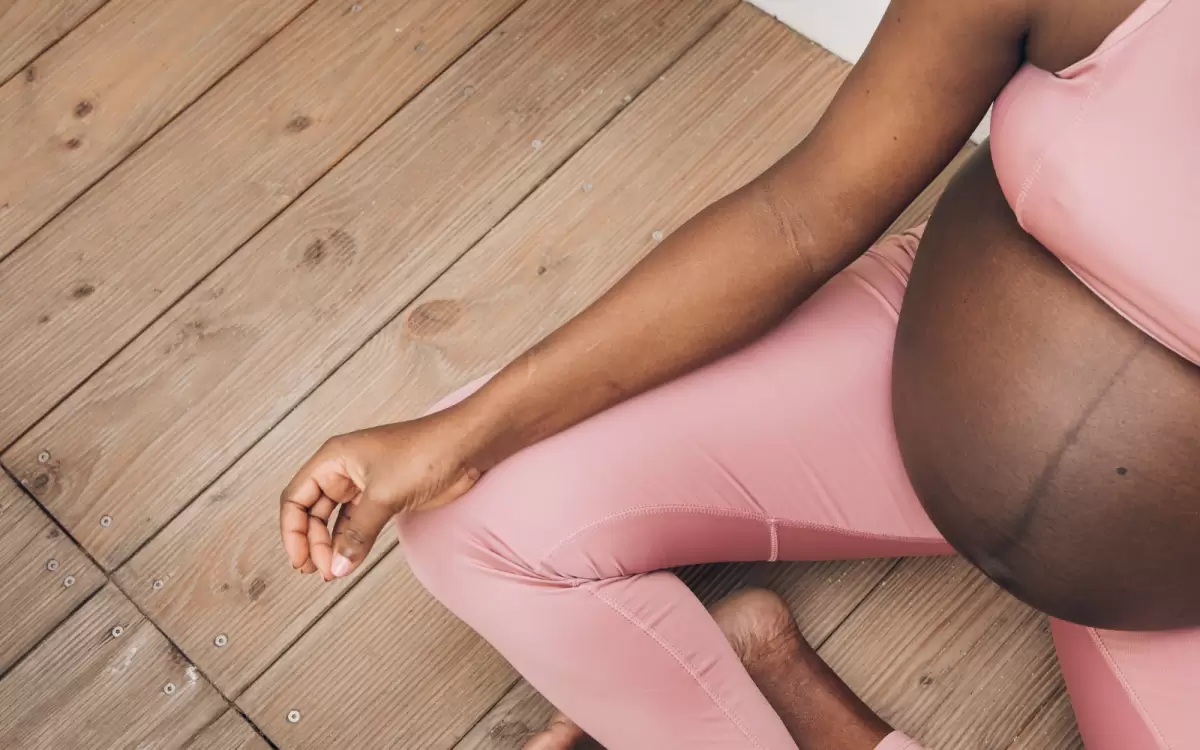
In Trimester three (27-40 weeks, or when baby is born):
Start the paperwork for paid parental leave
If this is something you’ll want to kick in right after your baby is born, it pays to do the paperwork while you’re still working, as it can take a number of weeks for paid parental leave claims to be processed.
Do some research on daycare
If you’re thinking you might need to arrange care for your baby after they’re born, the third trimester is a good time to start ringing around to see where places are available, booking tours, and even popping your baby down on waitlists if spots seem hard to come by.
Set up the nursery
Now is the perfect time to start ‘nesting’ before your baby arrives. You can start to set up the cot, position the nursing rocking chair, stock the baby change table with newborn nappies, and even select some wall decals or wallpaper to give the room a warm feel.
Start using the Epinode or begin perineal massage
The Epinode is a fantastic means of training your vagina for birth. The Epinode features a little balloon that you can insert into your vagina and inflate very slowly over time. This helps to train your vagina for birth and hopefully assists with an effective delivery. Perineal massage is another tool-free means of achieving the same result.
Begin your birth plan
Even though we know that sometimes things don’t go to plan, some people find it helpful to research different birthing styles, such as a water birth, hypnobirthing, unassisted (no intervention), or elected caesarean and have a preferred action plan for delivery.
Pack your hospital bag
Make sure to download a hospital bag checklist and ensure you have everything you need for the baby, and for you! Take it with you everywhere from around the 35-week mark in case labour begins!
Put the car seat in:
Did you know that you’re actually not allowed to leave the hospital with your baby unless you have a professionally installed car seat? Some hospitals require certification. Make sure this is also done around the 35-week mark.
Pre-prepare some meals for after the baby is born
While you still have the energy (and a good night’s rest behind you), it makes sense to pre-prepare some meals and store them in the freezer for once baby arrives. This means that you won’t be scrambling for dinner in those early weeks when you’ll want to spend less time cooking and more time resting where you can.
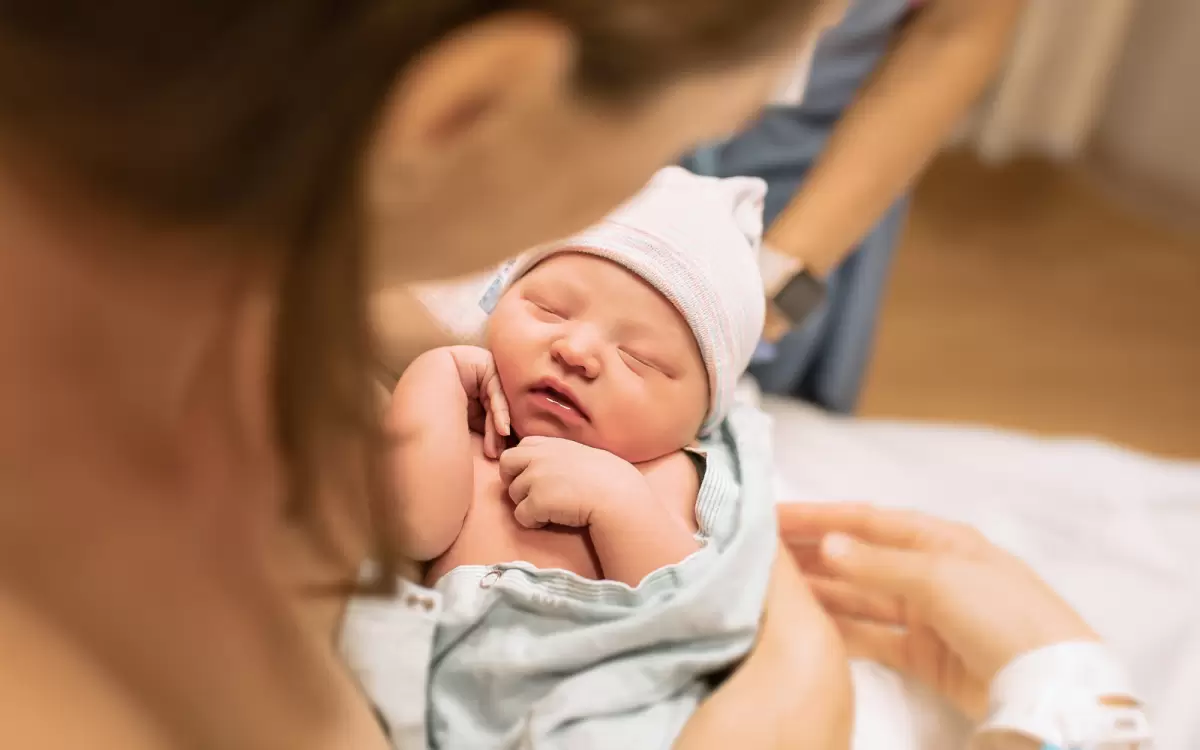
After your baby is born (fourth trimester):
Soak it in
These first few days and weeks are so precious, make sure you soak in every second. Lots of photos and videos - you won’t believe how little they once were when you look back!
Register your newborn
Once your baby is born you have up to 8 weeks to register them. You will be given the paperwork by your hospital, and all you need to do is fill it out and register them. Once this happens they will be given a Centrelink CRN number, which will allow you to finish your paid parental leave paperwork.
Keep your blue book close by
Your ‘blue book’ is your baby’s developmental bible. Whenever you go for immunisations, or a check up at the doctor, they will ask to see the blue book in order to record your baby’s development. This helps them to ensure your baby is within the suggested percentile for things like weight, height, and head circumference based on their age.
Prepare for your aftercare visit and visit your maternal health nurse
Once you and your baby have left the hospital and returned home, you will more than likely have a home visit from a midwife from your birthing hospital or local maternal health centre. If you’re in the private system, you will also have a visit from a nurse from your local maternal health centre, and then go and visit with your OG-GYN at around the 6-week postpartum mark.
Join a mother’s group
This is something that every mother should do, not just for the insights you get out of your first sessions with a nurse, but for the potential connections you’ll make with other parents who are going through the exact same things as you! You will be placed in a mother’s group according to the birth date of your baby, and this is facilitated by your local maternal health centre. The first four visits will be held there, and led by a maternal health nurse, and then you are encouraged to take your catch-ups off-site, to a park or cafe each week.















.png.webp)





